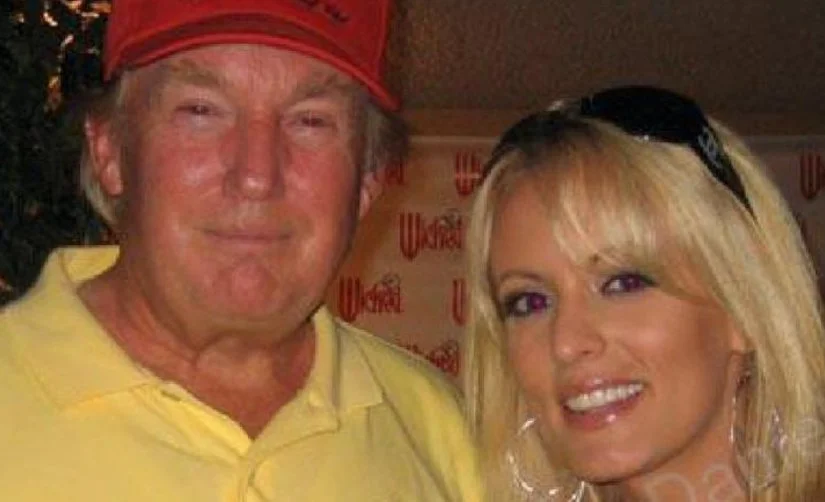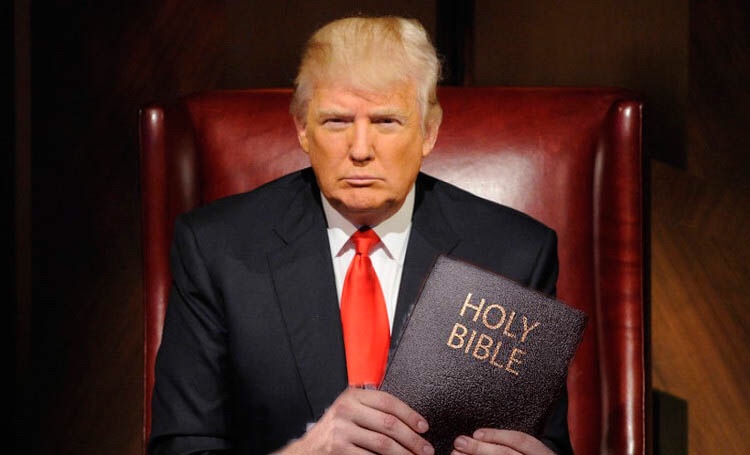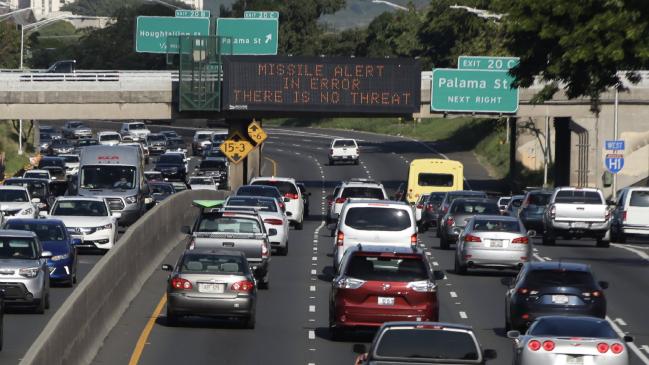Image: Wall Street Journal
Stephanie Clifford, better known by her stage name, ‘Stormy Daniels,’ is a 39-year-old adult film star who has recently become one of the most well-known names in politics, all because she is the center of an affair scandal with the most powerful man in the world. Just days before the 2016 election, Daniels signed a non-disclosure agreement which stated that she could not discuss any sexual relationship between her and Donald Trump, and she received $130,000 from then-candidate Trump’s lawyer, Michael Cohen. Many watchdog groups and lawyers believe that, since this ‘donation’ from Cohen went unreported to the Federal Election Commission, President Trump may have committed a significant campaign violation that could land him in federal court.
However, Daniels believes that the agreement is invalid because Donald Trump failed to sign the document.
Now, she wants to talk openly about the affair. Despite facing threats from Trump’s legal team that includes over one-million dollars in fines, Daniels spoke publicly on one of America’s most viewed cable television shows, 60 Minutes, on Sunday with Anderson Cooper, in what has notoriously become known as “Stormy Daniels Day.” In her interview, Daniels did not discuss campaign violations or election law. Instead, she discussed, in shockingly great detail, her sexual encounters with Trump and her [non-sexual] encounters with his legal team. Below are the most shocking details from Daniels’s interview, and as a fair warning, they are not for the faint of heart.
1: She Had It Coming
Although Daniels insists that the sexual encounter with Trump was entirely consensual, she did state that she felt obligated to engage because she “had it coming for making a bad decision.” Daniels went on to say, “Well, you put yourself in a bad situation and bad things happen, so you deserve this.” Despite the sense of obligation, Daniels refuses to be seen as a victim and has asked people to stop praising her as a #MeToo movement hero because it damages the credibility of actual victims.
2: Magazine Mayhem
One of the most detailed parts of Daniels encounter with Trump had long been rumored on the internet, and it is not a pretty thing to imagine. Daniels claims that during their first encounter Trump had taken out a magazine in which his face was the cover and began to brag about himself. Daniels then asked Trump if talking about himself normally works, and then she went on to tell him that “Someone should take that magazine and spank you with it,” by which he was taken back. Daniels then went into great detail about the interaction, stating, “He turned around and pulled his pants down a little—you know had underwear on and stuff and I just gave him a couple swats.”
3: Marriage Troubles
During the time of the alleged sexual encounter between Daniels and Trump, Trump’s third wife, Melania Trump, had just given birth to their son Barron. When Daniels asked Trump about their encounter interfering with his marriage, Daniels alleges that Trump stated, “Oh yeah, yeah, you know, don’t worry about that. We don’t even—we have separate rooms and stuff.” During the airing of Daniels segment on “60 Minutes,” Trump and Melania were in separate states, which only fueled the speculation of long-rumored marriage problems.
4: Mirror Image
During their encounter Daniels alleges that Trump compared her to his daughter, presumably Ivanka, stating, “Yeah. He was like, ‘Wow, you—you are special. You remind me of my daughter.’ You know—he was like, ‘You’re smart and beautiful, and a woman to be reckoned with, and I like you. I like you.'” Many people have long accused Trump of having sexual feelings towards his daughter, especially after an interview was released which he stated that he would be dating his daughter if they weren’t related. Daniels and Ivanka were around the same age during the alleged encounter and images from that time show a resemblance between the two.
5: Harassment and Harm
In May 2011, Daniels agreed to tell her story to a sister publication of In Touch magazine for $15,000 dollars. Daniels says she was never paid after Trump threatened to sue the magazine, and says a few weeks later, she was threatened by a man who approached her in Las Vegas. In the interview, Daniels described the threat in detail, stating, “I was in a parking lot, going to a fitness class with my infant daughter. T—taking, you know, the seats facing backwards in the backseat, diaper bag, you know, gettin’ all the stuff out. And a guy walked up on me and said to me, ‘Leave Trump alone. Forget the story.’ And then he leaned around and looked at my daughter and said, ‘That’s a beautiful little girl. It’d be a shame if something happened to her mom.’ And then he was gone.” Although Daniels has no idea who the person was, she claims that if she saw him again she would “100%” be able to identify him. In a press conference the morning after the interview aired, White House Deputy Press Secretary Raj Shah said that President Trump does not believe the claims made by Daniels, including that she was physically threatened.
6: Threats and Denial
In January of 2018, Trump’s lawyer, Michael Cohen, publicly released statements signed by Daniels in which she stated that there was never any hush money paid to her and that the encounter never happened. Daniels stated in the interview that she was pressured into signing it, not because of any physical harm, but because her legal team told her that “They can make your life hell in many different ways”. Daniels believes that “they” was referring to Cohen and Trump’s legal team.
Daniels’s 60 Minutes interview will most likely remain in the spotlight for the next 24 hours, but this is not the end of her story. Daniels’s lawyer has hinted at several key pieces of evidence in his possession and has stated that this is just the beginning. Even if Daniels had fabricated her story Trump’s lawyer did, in fact, pay her illegal campaign “funds,” and Trump failed to report them to the FEC, which could mean serious legal trouble.






